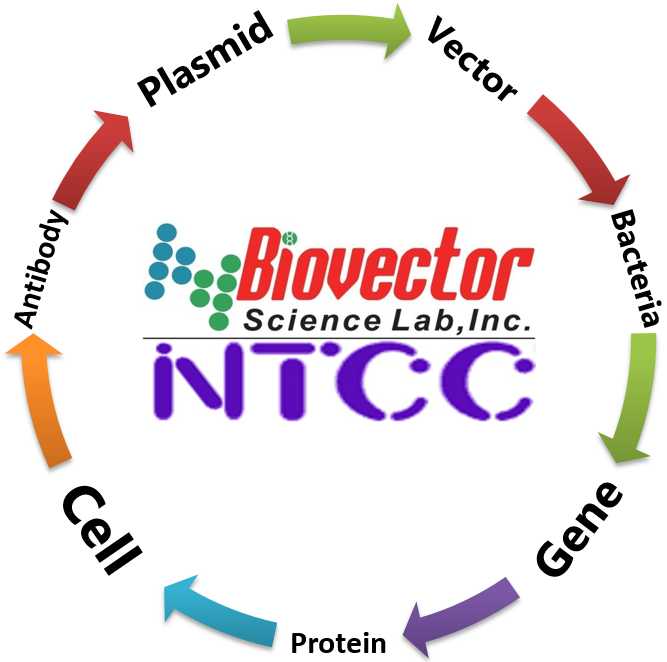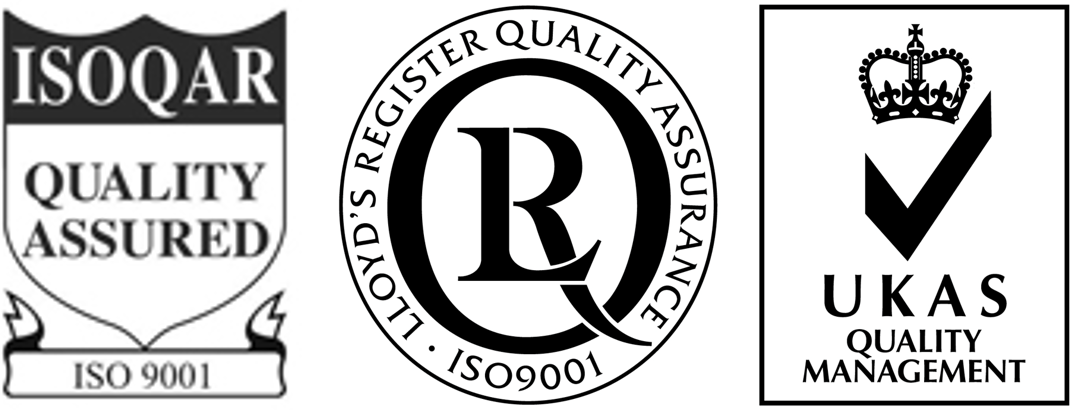- 灵长类动物细胞株共 880 条
4MBr-5 monkey Lung Bronchus epithelial Cell Line猴肺支气管上皮细胞株 /完全培养基-BioVector NTCC细胞保藏中心
NTCC® 4MBr-5 NTCC®-CCL-208 4MBr-5 is an epithelial cell line that was isolated in 1978 from the normal bronchial tissue of a rhesus monkey. This cell line was deposited by JL Caputo. Product category Animal cells Organism Macaca mulatta, monkey, rhesus Cell type epithelial cell Morphology epithelial Tissue Lung; Bronchus Disease Normal Applications 3D cell culture Characteristics Growth properties Adherent Derivation This epithelial cell line was derived from the normal bronchial tissue of a 2- to 3-year-old rhesus monkey. The line was initiated in May, 1978 from tissue explants using glass chips. Age 2 to 3 years Karyotype The stemline modal chromosome number is 45 occurring at 68%, and polyploidy at 1.6%. The only marker chromosome 14 pt is found in the majority (60%) of cells. N3 is tetrasomic and N19 is trisomic. There are two copies of X chromosomes, but no Y-like chromosome. The cell line appears to be of female origin. Note: Cytogenetic information is based on initial seed stock at ATCC. Cytogenetic instability has been reported in the literature for some cell lines. Genes expressed keratin Expression markers Epidermal growth factor (EGF), expressed Comments Cells contain PAS-positive cytoplasmic inclusions. The cells are positive for keratin by immunoperoxidase staining. Handling information Unpacking and storage instructions Check all containers for leakage or breakage. Remove the frozen cells from the dry ice packaging and immediately place the cells at a temperature below -130°C, preferably in liquid nitrogen vapor, until ready for use. Complete medium NTCC® Ham's F-12K Medium with 2 mM L-glutamine adjusted to contain 1.5 g/L sodium bicarbonate and supplemented with 30ng/ml murine epidermal growth factor [BD Bioscience (BD354001) or Sigma (E-4127)] and 10% fetal bovine serum Temperature 37°C Atmosphere 95% Air, 5% CO2 Handling procedure To insure the highest level of viability, thaw the vial and initiate the culture as soon as possible upon receipt. If upon arrival, continued storage of the frozen culture is necessary, it should be stored in liquid nitrogen vapor phase and not at –70°C. Storage at –70°C will result in loss of viability. Thaw the vial by gentle agitation in a 37°C water bath. To reduce the possibility of contamination, keep the O-ring and cap out of the water. Thawing should be rapid (approximately 2 minutes). Remove the vial from the water bath as soon as the contents are thawed, and decontaminate by dipping in or spraying with 70% ethanol. All of the operations from this point on should be carried out under strict aseptic conditions. Transfer the vial contents to a centrifuge tube containing 9.0 mL complete culture medium. and spin at approximately 125 x g for 5 to 7 minutes. Resuspend cell pellet with the recommended complete medium (see the specific batch information for the culture recommended dilution ratio). and dispense into a 25 cm2 or a 75 cm2 culture flask. It is important to avoid excessive alkalinity of the medium during recovery of the cells. It is suggested that, prior to the addition of the vial contents, the culture vessel containing the complete growth medium be placed into the incubator for at least 15 minutes to allow the medium to reach its normal pH (7.0 to 7.6). Incubate the culture at 37°C in a suitable incubator. A 5% CO2 in air atmosphere is recommended if using the medium described on this product sheet. Subculturing procedure Volumes used in this protocol are for 75 cm2 flask; proportionally reduce or increase amount of dissociation medium for culture vessels of other sizes. Remove and discard culture medium. Briefly rinse the cell layer with 0.25% (w/v) Trypsin- 0.53 mM EDTA solution to remove all traces of serum that contains trypsin inhibitor. Add 2.0 to 3.0 mL of Trypsin-EDTA solution to flask and observe cells under an inverted microscope until cell layer is dispersed (usually within 5 to 15 minutes). Note: To avoid clumping do not agitate the cells by hitting or shaking the flask while waiting for the cells to detach. Cells that are difficult to detach may be placed at 37°C to facilitate dispersal. Add 6.0 to 8.0 mL of complete growth medium and aspirate cells by gently pipetting. Add appropriate aliquots of the cell suspension to new culture vessels. Incubate cultures at 37°C. Subcultivation Ratio: A subcultivation ratio of 1:2 to 1:4 is recommended Medium Renewal: 2 to 3 times per week Note: The line requires murine epidermal growth factor (EGF) for proliferation, which may be aquired from BD Bioscience (BD354001) or Sigma (E-4127). Reagents for cryopreservation Complete growth medium supplemented with 5% (v/v) DMSO
- 快速发布求购信息




